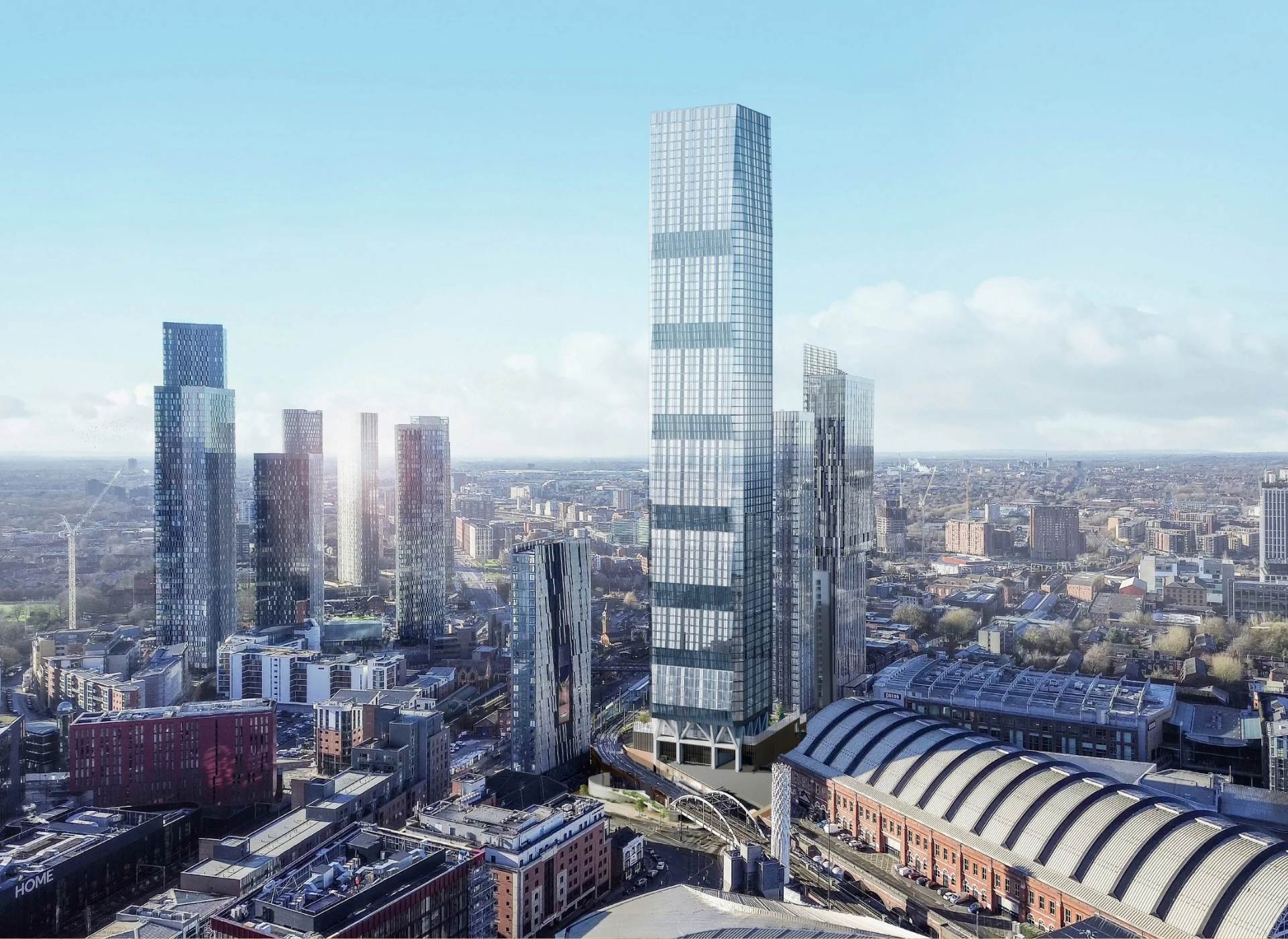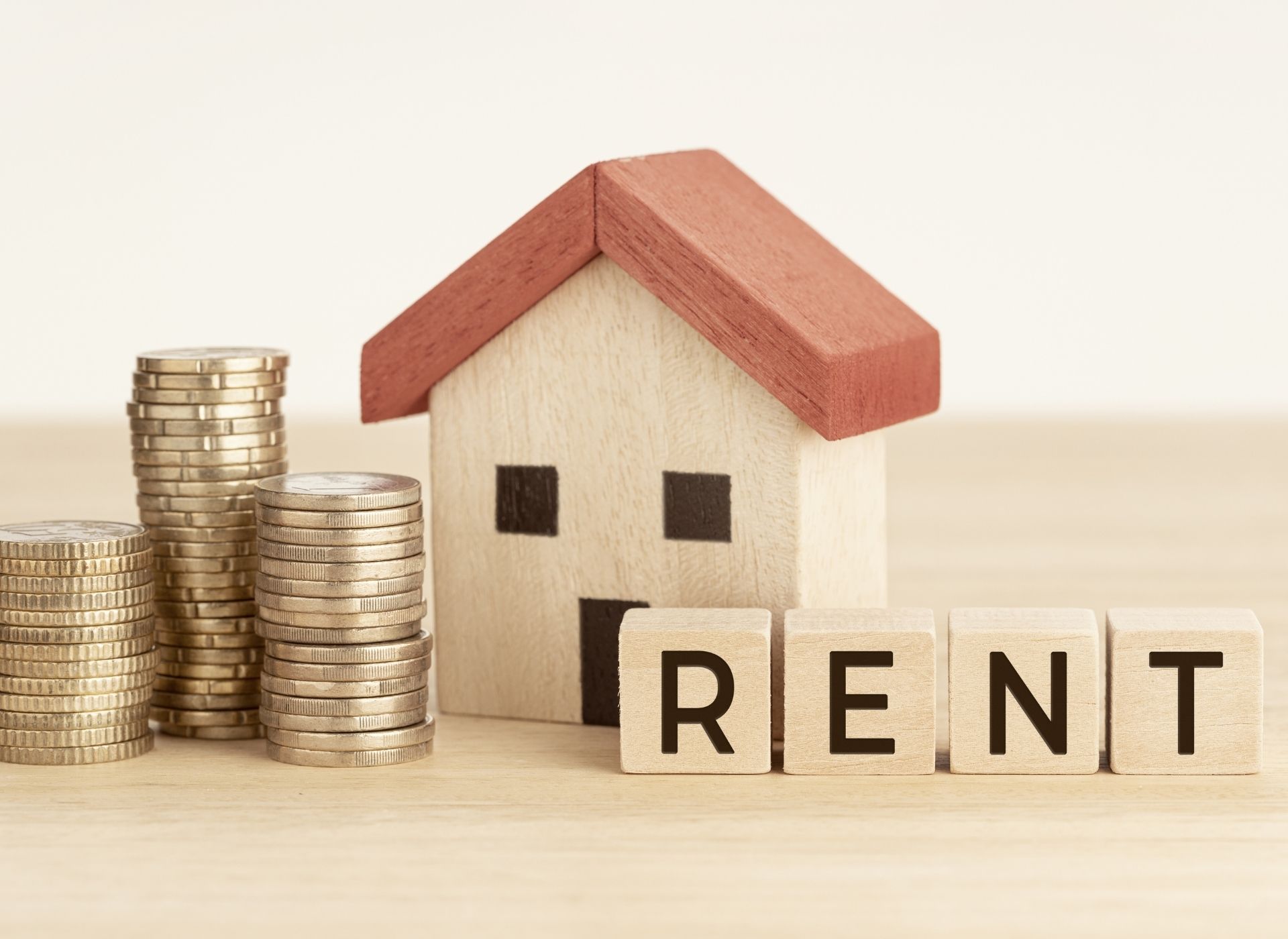The buy-to-let market in the UK has long been a cornerstone of property investment, offering landlords a steady income stream and capital appreciation. However, the sector is undergoing significant changes, shaped by economic conditions, regulatory shifts, and evolving tenant preferences. Over the next decade, investors will need to adapt to new trends to remain competitive and profitable. This article explores the emerging trends in the buy-to-let market and predicts how the sector might evolve by 2035.
1. Economic Factors Influencing Buy-to-Let Investments
Interest Rates and Mortgage Affordability
The UK property market has faced economic headwinds in recent years, with inflationary pressures and fluctuating interest rates affecting mortgage affordability. As of 2025, fixed-rate buy-to-let mortgage products are priced between 5% and 6% for most borrowers. While the Bank of England’s base rate has stabilised, affordability remains a concern for landlords.
Looking ahead, interest rates are expected to gradually decline, improving mortgage affordability and potentially boosting demand for buy-to-let properties. However, landlords must remain cautious, as economic uncertainty could lead to further fluctuations.
House Price Growth and Regional Variations
Despite economic challenges, house prices have remained resilient. In November 2024, UK house prices increased by 3.3% year-on-year. However, growth varies across regions, with cities like Manchester, Birmingham, and Bristol outperforming London in terms of price appreciation. Over the next decade, regional investment hotspots will continue to attract landlords seeking higher yields.
2. Rising Demand for Rental Properties
Affordability Challenges for First-Time Buyers
The UK’s housing shortage has made homeownership increasingly difficult for first-time buyers. In December 2024, rental prices surged by 9.0% year-on-year, significantly outpacing wage growth. As affordability remains a challenge, more individuals are expected to rent rather than buy, driving demand for rental properties.
Changing Tenant Preferences
The rise of hybrid and remote work has reshaped tenant preferences. Renters now prioritise properties with high-speed internet, home office spaces, and access to green areas. Suburban and semi-rural locations are becoming more popular, as tenants seek a better quality of life while maintaining proximity to major urban centres.
3. Government Regulations and Tax Changes
Energy Efficiency Requirements
New Energy Performance Certificate (EPC) regulations are set to reshape the buy-to-let market. Landlords will need to invest in energy-efficient upgrades to comply with stricter standards. Properties with poor energy ratings may struggle to attract tenants, making sustainability a key factor in long-term investment strategies.
Potential Tax Reforms
Government policies on landlord taxation could impact profitability. While tax incentives for first-time buyers have been removed, potential changes to landlord tax relief could further influence investment decisions. Investors must stay informed about regulatory shifts to optimise their portfolios.
4. Diversification and Alternative Investment Strategies
Build-to-Rent (BTR) Growth
The build-to-rent sector has gained momentum, with the UK’s BTR stock increasing by 23% year-on-year in 2024. Institutional investors are driving this trend, offering professionally managed rental properties with amenities tailored to modern tenants.
Semi-Commercial and Commercial Property Investments
Professional landlords are diversifying their portfolios to mitigate risks. In 2024, semi-commercial property purchase applications rose by 31% year-on-year, while commercial property purchases increased by 28%. This trend is expected to continue, as landlords seek higher-yielding asset classes.
5. Predictions for the Buy-to-Let Market in 2035
Continued Demand for Rental Properties
With homeownership remaining out of reach for many, rental demand is expected to stay strong. The government’s ambitious housing target of 1.5 million new homes will require significant industry efforts. However, supply constraints may keep rental prices elevated.
Technological Advancements in Property Management
Smart home technology and AI-driven property management solutions will become standard. Landlords who leverage automation for tenant screening, maintenance, and rent collection will gain a competitive edge.
Sustainability as a Key Investment Factor
Energy-efficient properties will dominate the market, with landlords prioritising green building incentives. Investors who adapt to sustainability trends will benefit from long-term capital growth.
The buy-to-let market is evolving, shaped by economic conditions, regulatory changes, and shifting tenant preferences. Over the next decade, landlords must embrace diversification, sustainability, and technological advancements to remain competitive. By staying informed and adapting to emerging trends, investors can navigate the challenges and capitalise on opportunities in the buy-to-let sector.






